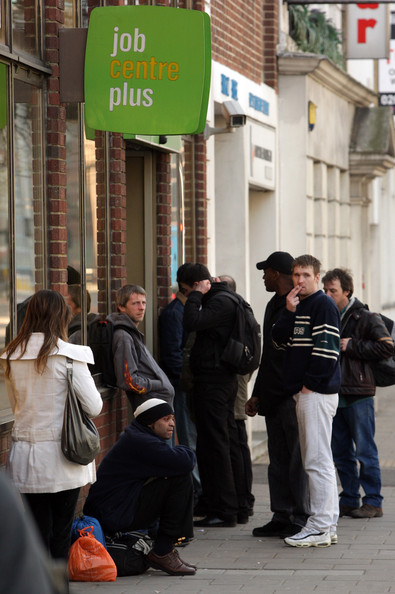 The Office for National Statistics has released new data that shows a large drop in the number of unemployed. Over 57,000 formerly unemployed people entered the workforce in the last three months to May, reducing total unemployment figures to 2.51 million.
The Office for National Statistics has released new data that shows a large drop in the number of unemployed. Over 57,000 formerly unemployed people entered the workforce in the last three months to May, reducing total unemployment figures to 2.51 million.
Ministers have pointed to the study as proof of a long-term recovery, with the total amount of people seeking Jobseeker’s Allowance dropping to 1.48 million. The new data marks the first time in three years that Jobseeker’s Allowance claimants have numbered below 1.5 million.
The report shows a significant rise in the number of employed people, with 16,000 entering new jobs or returning to work in the three months to May. There are 29.7 million people in employment throughout the UK, with the unemployment rate set at 7.8 percent based on current data.
Despite the decrease in unemployed, however, the report indicates a worrying trend regarding long-term unemployment. More than 915,000 people are unemployed for over a year, the report claims – the highest amount since the mid-1990s. The report also showed a rise in ‘economically inactive’ people, who now number 9.04 million.
The rise in long-term unemployed is accompanied by tepid expectations of earnings growth over the next year. Capital Economics, a private sector research group, has predicted that wages will likely increase by 1.5 percent annually as the economy grows.
Compared to retail inflation figures exceeding three percent, the wage growth is one of several signals that British salaries are declining on the whole. Increases in retail pricing, particularly for ‘everyday goods’ such as food and gasoline, have increased at a far greater pace than earnings for the past 40 months.
The drop in real wages has become a major concern for economists as the economic recovery effort runs into issues. Economists predict that wage growth will continue to be slow as employment in the private sector gradually increases.





